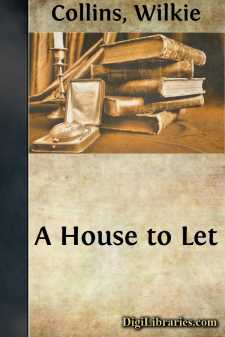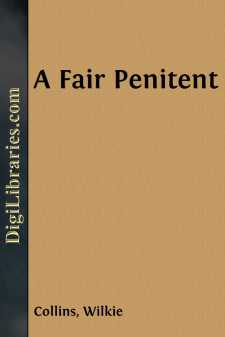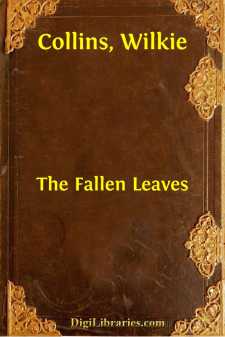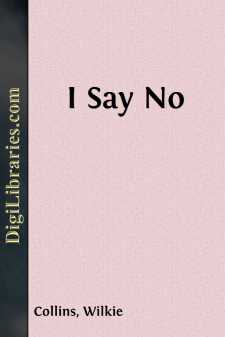Categories
- Antiques & Collectibles 13
- Architecture 36
- Art 48
- Bibles 22
- Biography & Autobiography 816
- Body, Mind & Spirit 145
- Business & Economics 28
- Children's Books 18
- Children's Fiction 14
- Computers 4
- Cooking 94
- Crafts & Hobbies 4
- Drama 346
- Education 58
- Family & Relationships 59
- Fiction 11831
- Foreign Language Study 3
- Games 19
- Gardening 17
- Health & Fitness 34
- History 1378
- House & Home 1
- Humor 147
- Juvenile Fiction 1873
- Juvenile Nonfiction 202
- Language Arts & Disciplines 89
- Law 16
- Literary Collections 686
- Literary Criticism 179
- Mathematics 13
- Medical 41
- Music 40
- Nature 179
- Non-Classifiable 1768
- Performing Arts 7
- Periodicals 1453
- Philosophy 66
- Photography 2
- Poetry 897
- Political Science 203
- Psychology 45
- Reference 154
- Religion 516
- Science 126
- Self-Help 86
- Social Science 82
- Sports & Recreation 34
- Study Aids 3
- Technology & Engineering 59
- Transportation 23
- Travel 463
- True Crime 29
Sort by:
by:
Wilkie Collins
OVER THE WAY I had been living at Tunbridge Wells and nowhere else, going on for ten years, when my medical man—very clever in his profession, and the prettiest player I ever saw in my life of a hand at Long Whist, which was a noble and a princely game before Short was heard of—said to me, one day, as he sat feeling my pulse on the actual sofa which my poor dear sister Jane worked before her spine...
more...
by:
Wilkie Collins
A FAIR PENITENT Charles Pineau Duclos was a French writer of biographies and novels, who lived and worked during the first half of the eighteenth century. He prospered sufficiently well, as a literary man, to be made secretary to the French Academy, and to be allowed to succeed Voltaire in the office of historiographer of France. He has left behind him, in his own country, the reputation of a lively...
more...
by:
Wilkie Collins
CHAPTER I In the year 1860, the reputation of Doctor Wybrow as a London physician reached its highest point. It was reported on good authority that he was in receipt of one of the largest incomes derived from the practice of medicine in modern times. One afternoon, towards the close of the London season, the Doctor had just taken his luncheon after a specially hard morning's work in his...
more...
by:
Wilkie Collins
THE PROLOGUE I The resistless influences which are one day to reign supreme over our poor hearts, and to shape the sad short course of our lives, are sometimes of mysteriously remote origin, and find their devious ways to us through the hearts and the lives of strangers. While the young man whose troubled career it is here proposed to follow was wearing his first jacket, and bowling his first hoop, a...
more...
by:
Wilkie Collins
CHAPTER I. THE SMUGGLED SUPPER. Outside the bedroom the night was black and still. The small rain fell too softly to be heard in the garden; not a leaf stirred in the airless calm; the watch-dog was asleep, the cats were indoors; far or near, under the murky heaven, not a sound was stirring. Inside the bedroom the night was black and still. Miss Ladd knew her business as a schoolmistress too well to...
more...






